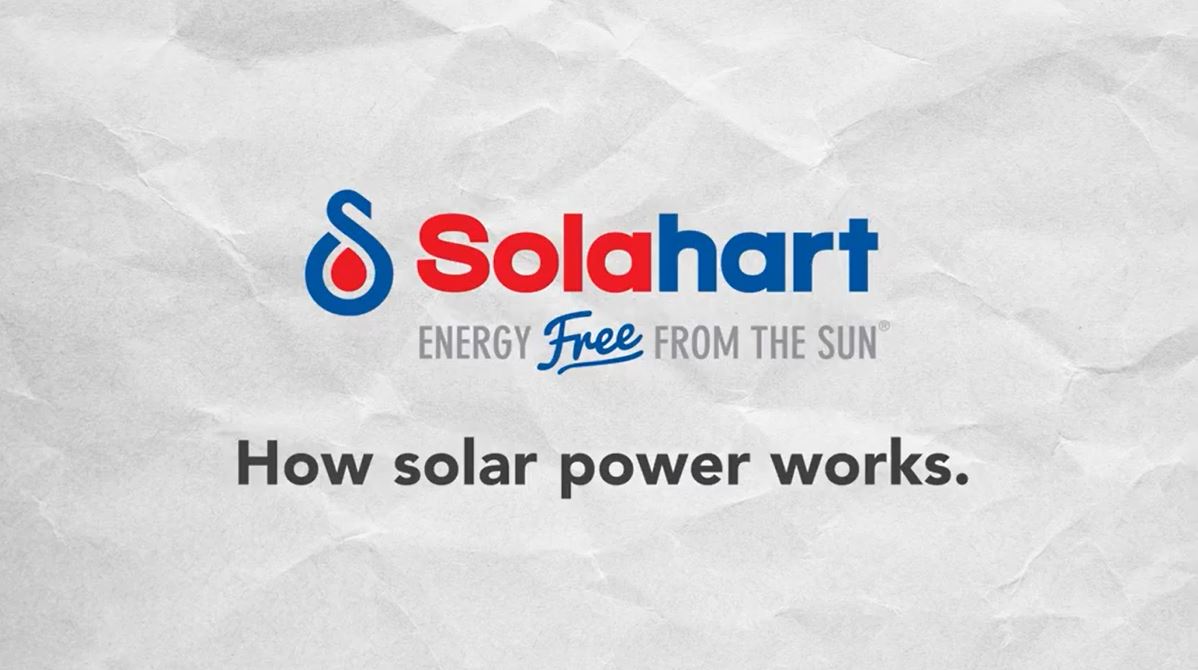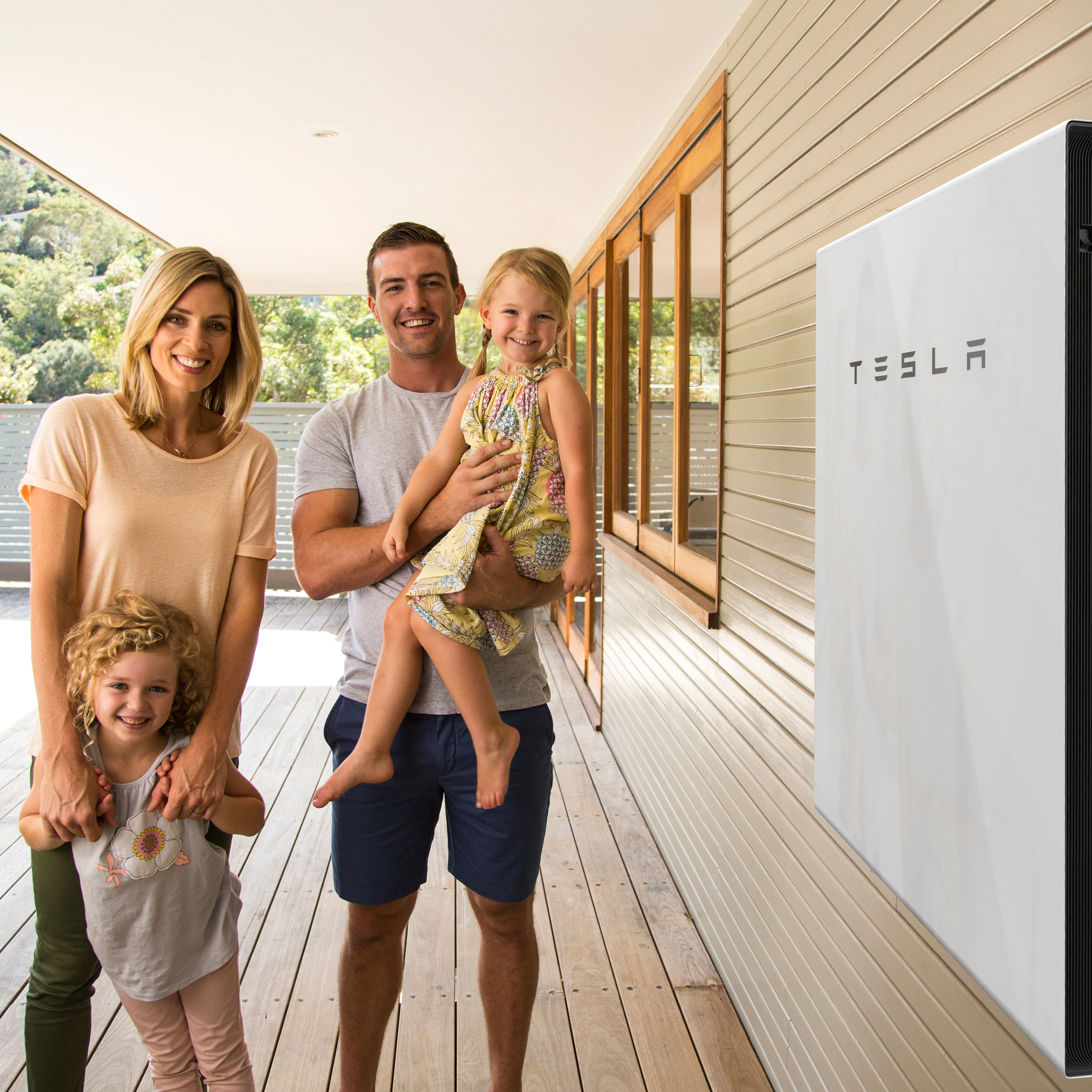Solar power is a great and proven way to reduce your energy bills, but have you ever wondered how it works? In this article, we will explore:
- How solar power works in providing electricity to your household;
- Why choosing solar power makes sense; and
- How you can store excess solar power for later use
How solar power works
Solar power converts the light of the sun into electricity via solar panels and an inverter. Solar panels absorb energy from the sunlight to create direct current (DC), and the inverter turns this into alternating current (AC), which is usable electricity for your home.
To absorb energy from sunlight, solar panels use photovoltaic (PV) cells to create an electric field that causes electricity to flow into the inverter.
The inverter is considered to be the 'brains' or engine room to your solar power system. It converts the DC output created by your solar panels into AC, which is the standard 240-volt electricity used by your home.
Also read: See how much you could save with solar power in Australia





